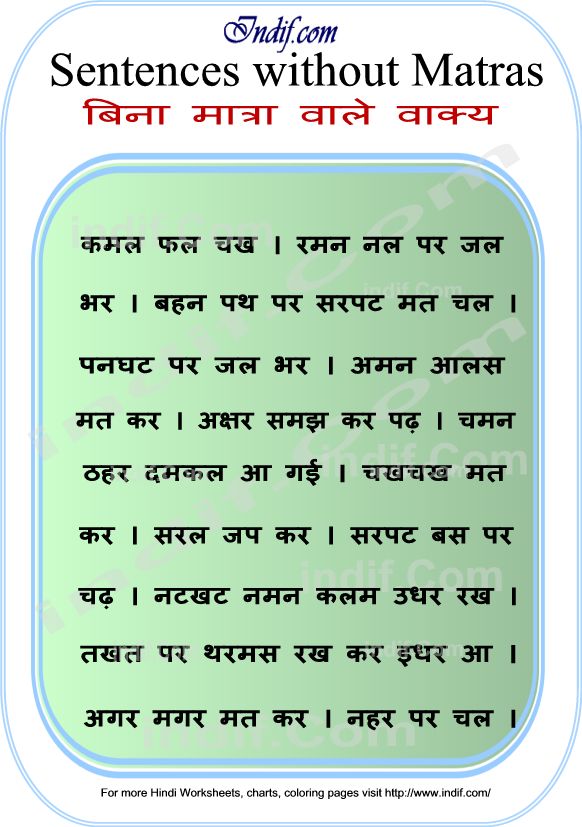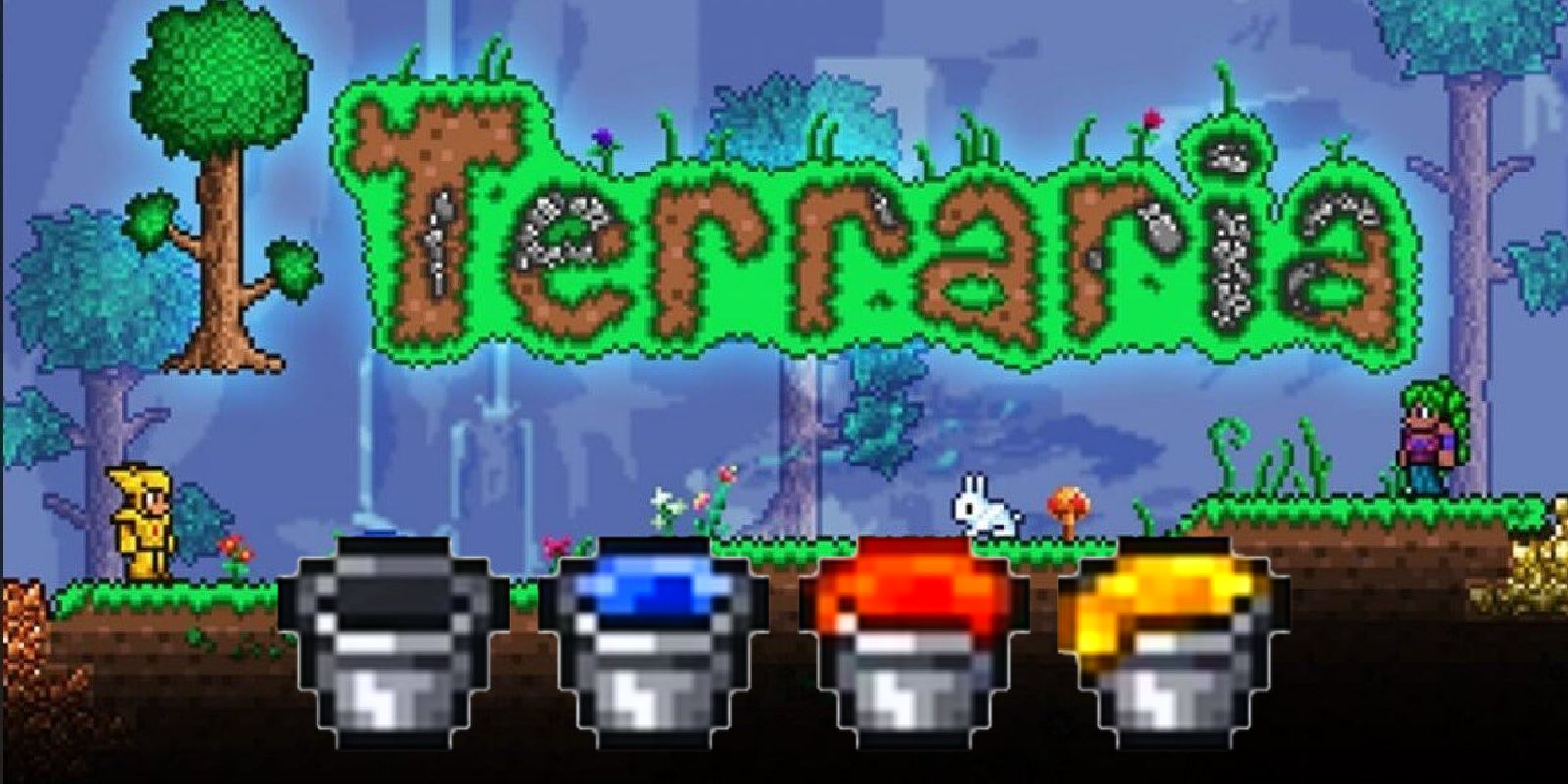Coordinating conjunctions are useful for connecting sentences, but compound sentences often are overused. While coordinating conjunctions can indicate some type of relationship between the two independent clauses in the sentence, they sometimes do not indicate much of a relationship. The word "and," for example, only adds one independent clause to another, without indicating how the two parts of a sentence are logically related. Too many compound sentences that use "and" can weaken writing. We saw in sentence structure that a compound sentence is two independent clauses joined by a coordinating conjunction or semicolon. So a compound sentence is like two or more simple sentences added together.
A compound sentence does not contain any dependent clauses. Even with two or more simple subjects, these examples are independent clauses conveying a complete thought, so they are still simple sentences. Create tension, haste or urgency – We talk about a short, sharp shock – when we shorten our communication, we give it power. " creates a sense of urgency, whereas the longer "Let's go now because the shops will be shutting in half an hour" doesn't.
When it comes to communicating, sometimes less is more. Think of the importance of sentence structure – short, simple sentences or truncated sentences can create tension, haste or urgency, whereas longer compound or complex sentences are slower, and often feature in formal texts. Both are independent clauses because they each have their own subjects and verbs.
The use of compound subjects, compound verbs, prepositional phrases (such as "at the bus station"), and other elements help lengthen simple sentences, but simple sentences often are short. The use of too many simple sentences can make writing "choppy" and can prevent the writing from flowing smoothly. All of these examples still qualify as simple sentences, because they are all independent clauses that convey a complete thought. Again, these examples are all independent clauses conveying a complete thought. So even with multiple verbs, a sentence can be a simple sentence.
A compound-complex sentence with "make room for" contains at least two independent clauses and at least one dependent clause. Remember, basic simple sentences are the first type of sentence we learn how to write. So it's probably safe to assume that filling our writing with three or four word sentences is not the best idea. Too many simple sentences close together can sound choppy and disconnected. Always revise your work to see where simple sentences can be edited to create more sophisticated writing. A simple sentence with "make room for" contains a subject and a verb, and it may also have an object and modifiers.
However, it contains only one independent clause. Modifiers, compound subjects, and compound verbs/predicates can be used in simple sentences. Be careful, though, because a sentence can be both complex and compound at the same time! A complex-compound sentence occurs when a single sentence has at least two independent clauses and at least one subordinate clause. The parts of the sentence are a set of terms for describing how people construct sentences from smaller pieces. There is not a direct correspondence between the parts of the sentence and the parts of speech -- the subject of a sentence, for example, could be a noun, a pronoun, or even an entire phrase or clause.
Like the parts of speech, however, the parts of the sentence form part of the basic vocabulary of grammar, and it is important that you take some time to learn and understand them. A complex sentence with "make room for" contains at least one independent clause and at least one dependent clause. Dependent clauses can refer to the subject the sequence/time , or the causal elements of the independent clause. A simple sentence can also be referred to as an independent clause. It is referred to as "independent" because, while it might be part of a compound or complex sentence, it can also stand by itself as a complete sentence. If you have a string of very basic simple sentences in your writing, you can probably combine some of those sentences into compound sentences.
Usually, we join independent clauses with one of the seven coordinating conjunctions. The subject of a sentence is the person, place, or thing that is performing the action of the sentence. The subject represents what or whom the sentence is about. The simple subject usually contains a noun or pronoun and can include modifying words, phrases, or clauses. Provide partial sentences and have students underline the signal word.
Then, have them complete the sentence by adding information based on the meaning of the signal word (e.g., I thought I was late for school, but ____ ). Students can share their sentences and discuss the type of signal word. One common type of run-on sentence is a comma splice.
A comma splice occurs when two independent clauses are joined with just a comma. Their job is to connect subordinate clauses to independent clauses. It's easy to get compound sentences confused with complex sentences; both use two or more clauses in a single sentence.
The most significant difference, however, is the type of clause they use. As always, you use a lowercase letter to start the second independent clause. Since compound sentences are a single sentence, only the first letter of the first clause is capitalized. A complex sentence is made up of an independent clause and one or moredependent clauses connected to it. A dependent clause is similar to an independent clause, or complete sentence, but it lacks one of the elements that would make it a complete sentence.
To use them properly in your writing, let's practice identifying them. Remember, a simple sentence is a sentence that contains one independent clause, or one complete thought. Convinced yet that signal words really are sentence superheroes?
Writers use these words and phrases to tell readers how ideas are organized and what is important to know—but signal words aren't limited to classroom texts. In fact, you can model the use of signal words when giving directions to students, talking about content-area concepts, and guiding class discussions. The more your students are exposed to signal words in writing and in everyday speech, the more they will begin to recognize them and use them on their own. Explain to students that when they are reading, they should slow down when they see signal words and think about what is coming next. The same advice applies when students are writing, but be careful—not all signal words are equal, even those in the same category.
Some words and phrases cannot be substituted directly for others in a sentence. To reinforce this idea, display the sentence Emma loves strawberry ice cream; however, she dislikes vanilla. Then, present another signal word from the same category, such as although. Have students rewrite the original sentence using the new signal word. You can correct a run-on sentence by connecting or separating its parts correctly.
There are several easy ways to connect independent clauses. To avoid both run-on sentences and confusingly long compound sentences, try to limit the number of clauses in a sentence to two or three. In situations when you need more than three clauses, keep them as short as possible by removing unnecessary words. Remember, short sentences are easier to understand and give your writing a faster pace. A comma marks a slight break between different parts of a sentence.
Used properly, commas make the meaning of sentences clear by grouping and separating words, phrases, and clauses. Many people are uncertain about the use of commas, though, and often sprinkle them throughout their writing without knowing the basic rules. Complex sentences are often more effective than compound sentences because a complex sentence indicates clearer and more specific relationships between the main parts of the sentence.
The word "before," for instance, tells readers that one thing occurs before another. A word such as "although" conveys a more complex relationship than a word such as "and" conveys. Dependent clauses such as those above cannot stand alone as a sentence, but they can be added to an independent clause to form a complex sentence.
The standard arrangement of a simple sentence is subject + verb + object, or SVO order. This can vary by arranging parts of the predicate before the subject. A simple sentence is a sentence containing only one clause, or more specifically, an independent clause, with a subject and a predicate. A run-on sentence can be fixed by connecting its parts correctly. There are several ways to connect independent clauses.
The predicate expresses action or being within the sentence. The simple predicate contains the verb and can also contain modifying words, phrases, or clauses. Compound sentences use two or more independent clauses. When you cut something short you truncate it, and you can truncate many things – including sentences. Truncated sentences are used for a variety of reasons in both spoken and written English.
Be it in a novel, play or poem, writers know that truncated sentences can have a range of effects, and they use them on purpose, often to grab our attention. Truncated sentences pop up a lot in everyday speech too, although they can cause some confusion when used incorrectly. Some verbs are ALWAYS linking verbs because they never describe an action. Other verbs can be linking verbs in some sentences and action verbs in other sentences.
Maintaining parallel structure helps you avoid grammatically incorrect sentences and improves your writing style. Although lack of parallelism is not always strictly incorrect, sentences with parallel structure are easier to read and add a sense of balance to your writing. A complex sentence joins an independent clause with one or more dependent clauses. Compound verbs, or compound predicates, are two or more verbs/predicates that share the same subject.
This may be written as simply as a subject performing multiple verbs or, more elaborately, as a subject performing multiple complete predicates. The compound verbs/predicates are joined by a conjunction. Both of these examples are grammatically correct simple sentences, but including an object helps to clarify the full idea of the sentence. Do not try to join independent clauses with a comma alone—that's impossible! We can also join independent clause with words and phrases like moreover, however, at least . In this case, the conjunctive adverb must be preceded by a semicolon (;) and followed by a comma .
The most common of these coordinating conjunctions are and, but and or, in that order. Note that a comma must come before the coordinating conjunction except when the clauses are short . The second thing to know is the word's part of speech, or the job it does in a sentence. This is a little confusing for 'hence,' as it is part of a group of words known as conjunctive adverbs. This means they have properties of both adverbs, which modify verbs, adjectives, and other adverbs, and conjunctions, which join parts of a sentence together.
A synonym is simply a word that means the same as the given word. It comes from the Greek "syn" and "onym," which mean "together" and "name," respectively. When speaking or writing, one of the best ways to expand your vocabulary and to avoid using the same words repeatedly is to use a thesaurus to find synonyms . A thesaurus is a general phrase that describes a type of dictionary that provides a list of words that have the same or similar meaning as the word referenced. For example, if you were to look up the word "beautiful," you might get a listing of more than thirty words that have similar meanings. There are many forms of a thesaurus from Roget's Thesaurus, authored by Peter Mark Roget and published in 1852, to online materials available from companies that specialize in educational resources.
A run-on sentence occurs when two or more independent clauses are connected improperly. The rules about different clauses and how to combine them can get complicated, even for lifelong English speakers. It takes some practice to get used to, especially learning all the different coordinating and subordinating conjunctions. All these forms can be used with feeling verbs, as well!
Just add the "noun" or "verb -ing" after the feeling verb for a complete sentence. You can use truncated sentences whenever you want to create punch and make a point, but try not to overuse them. Don't use too many truncated sentences in a row, as this can sound unnatural, and make the reader or listener feel as if they are being bombarded. A simple subject is the subject of a sentence without all its modifiers. Modifying words help tell us more about the nouns and verbs and sometimes even adverbs in a sentence, but they can make it difficult to find the subject. If you pull these away, you find your simple subject.
Because sentences beginning with these words stand out, they are sometimes used for emphasis. If you use sentences beginning with one of the coordinating conjunctions, you should use these sentences sparingly and carefully. The term periodic sentence is used to refer to a complex sentence beginning with a dependent clause and ending with an independent clause, as in "While he waited at the train station, Joe realized that the train was late." Are sentences containing one independent clause, with a subject and a predicate.
While a simple sentence is typically expected to contain a subject, verb, and object, this does not always mean that the subject will be the first thing we see in a sentence. When we place parts of the predicate at the beginning of the sentence or ask a question, the standard SVO arrangement of a simple sentence will vary. These compound sentence examples come from everyday sayings and proverbs in the English language. ; at least,The table shows all seven coordinating conjunctions, and a few conjunctive adverbs as examples.
Occasionally, we join independent clauses with a semicolon (;). Note that when using a coordinating conjunction, you can remove any subject word and modal auxiliary from the second clause. (This is not possible with subordinating conjunctions.)He's already had three beers, and now he wants another one. He's already had three beers and now wants another one. Encourage students to record examples of signal words in texts and in their own writing. These sentences can be used in activities such as this one to give students a sense of agency in building comprehension skills.
If you feel unsure about your English, you can always use a writing assistant like Grammarly. Our writing suggestions point out any grammar mistakes you might have missed, including run-on sentences and missing commas before conjunctions. This feedback ensures your writing is clear to your readers. However, compound sentences can also use a semicolon to connect two clauses, in which case no conjunction is necessary. Try using a truncated sentence as a summary after a longer description.


























No comments:
Post a Comment
Note: Only a member of this blog may post a comment.